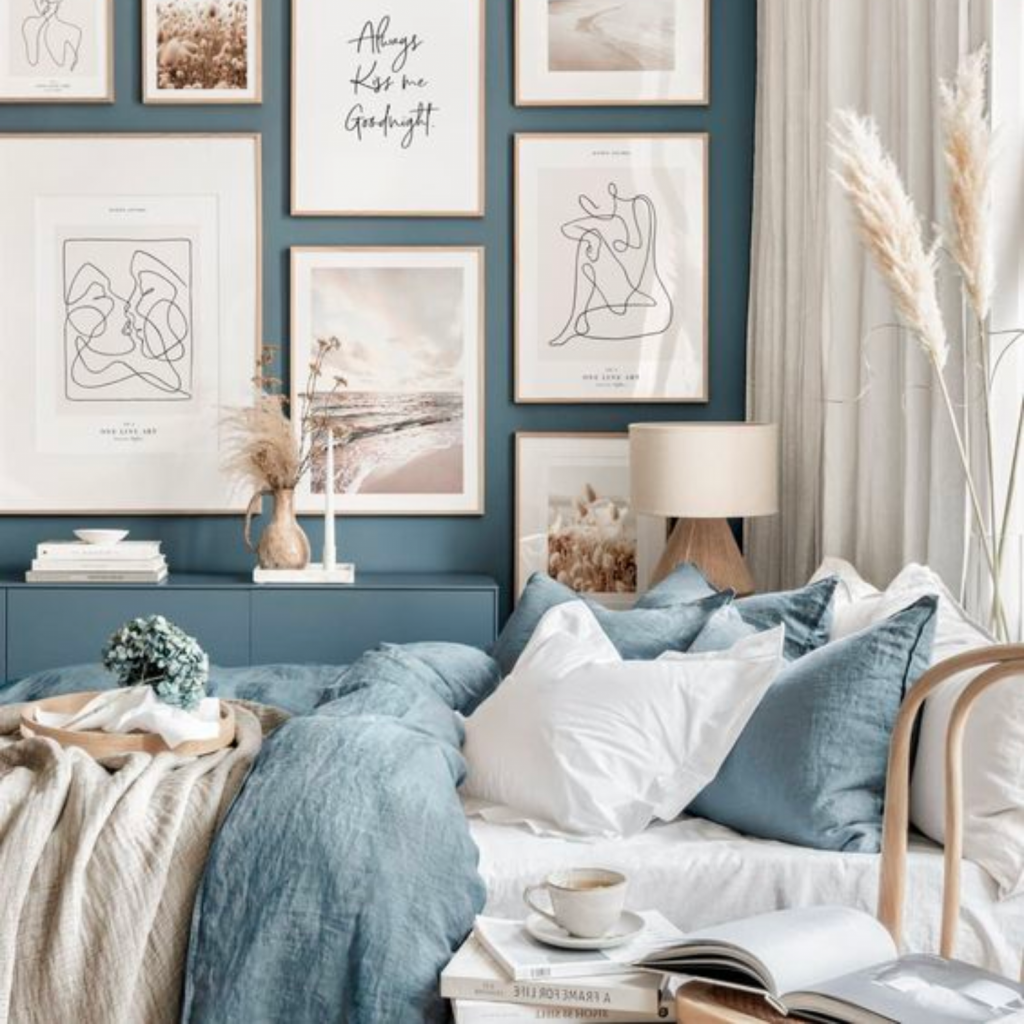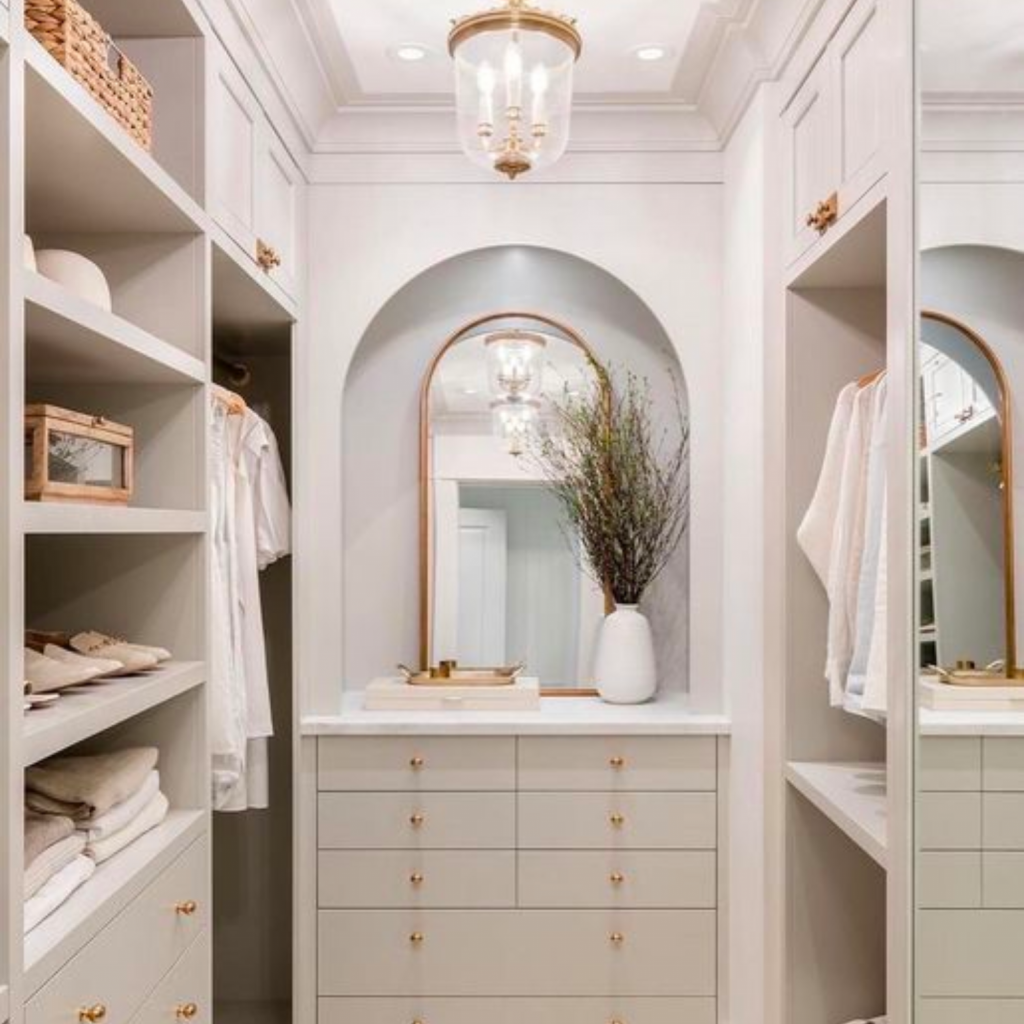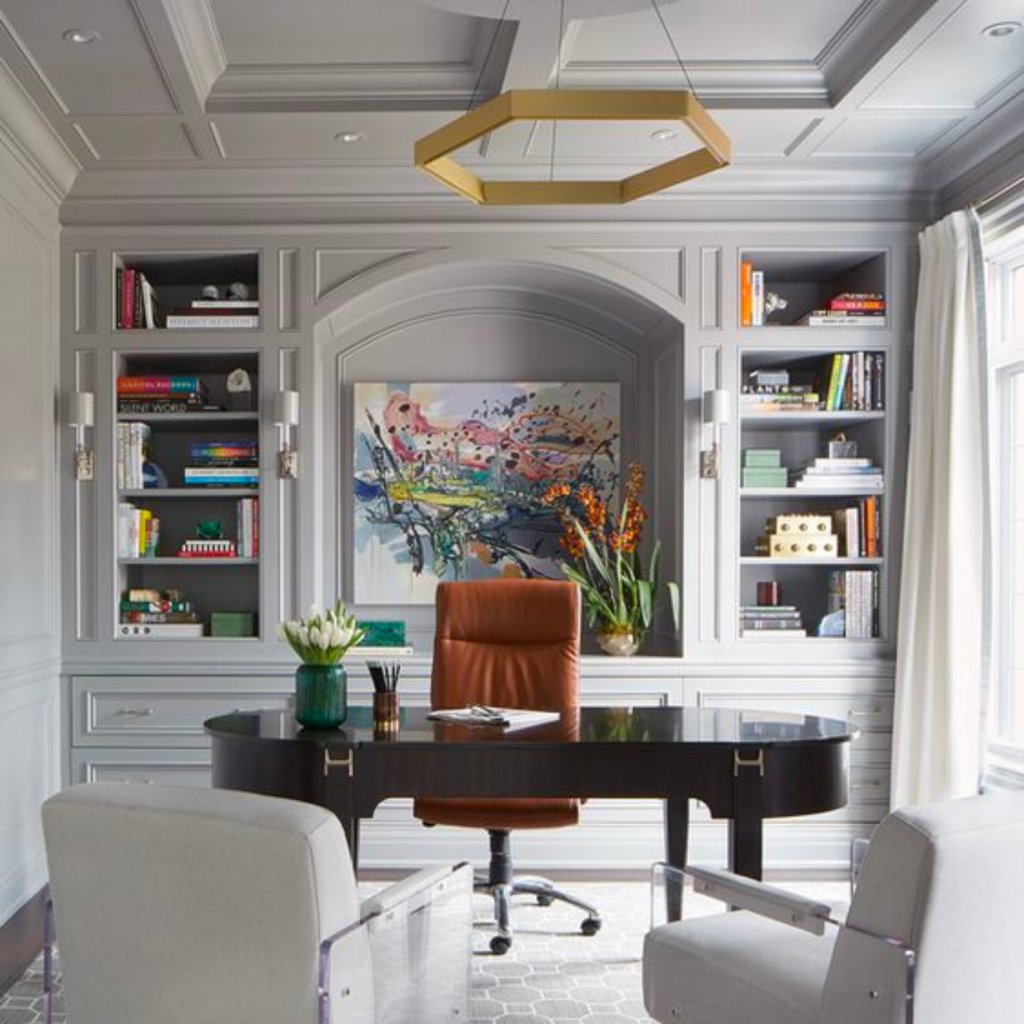Feeling stressed out, anxious, or overwhelmed? You’re not alone. The chaos of everyday life, undoubtedly, catches up with the best of us. While there are many ways to ease the overwhelm, did you know that one of them is by adjusting some of the esthetic elements in your home? Consequently, there is a strong link between your environment and your wellbeing, indicating that your homes interior design and mental health are connected.
It’s a common misconception to think that your home’s interior design is merely a matter of esthetics, but for those who understand it’s full impact, know it’s more than that. Implementing the right design can have a significant impact on your mood, energy levels and even your sleep quality. By employing some of these insider tips, you’ll surely be enveloped in a space which is conducive to a healthy mental and emotional state.
Color and Psychology
It’s no secret that the colors you choose for your home can play a significant role in impacting your mood. In fact, studies have shown that different colors can evoke various emotional responses in people. If you want to create a peaceful and relaxing atmosphere in your bedroom, consider using shades of blue or green. These colors can help calm your mind and body, which can lead to better sleep quality and lower stress levels. Incorporate these colors into your bedding, curtains, or wall paint to create a soothing environment.

Similarly, if you want to create a more energetic and lively atmosphere in your living room or home office, consider using warm colors such as red, orange, or yellow. These colors will help boost your energy levels and increase creativity, a benefit when you need to stay alert and focused. You can use these colors in your furniture, rugs, accessories, or artwork to create a vibrant and stimulating environment.
It’s worth noting that too much of any color can have the opposite effect. it’s important to use colors in moderation and balance them with neutral tones so they don’t overwhelm the space and your psyche.
Natural Light and Air Quality
It’s essential to ensure that there is adequate natural light and ventilation to promote better mental and physical health. Exposure to natural light has been shown to increase Vitamin D levels, which improves mood and reduce symptoms of depression. Additionally, proper ventilation and air quality can reduce the risk of respiratory issues and improve sleep quality.
One way to incorporate natural light into your home is by installing large windows or skylights. This will not only allow more natural light to enter your home but also provide a sense of openness and spaciousness. It will help regulate your circadian rhythm, which is essential for maintaining a healthy sleep-wake cycle. Exposure to natural light during the day will also help improve your mood, energy levels, and productivity.

If you live in an area with poor air quality, consider investing in an air purifier or indoor plants to help filter the air. Indoor plants not only help purify the air but also add a natural touch to your home’s décor. Some of the best air-purifying plants include Snake Plant, Peace Lily, and Spider Plant. These plants are easy to care for and can help reduce the levels of harmful chemicals and pollutants in your home.
It goes without saying that improved air quality should start by ensuring proper ventilation. Proper ventilation can help remove excess moisture and reduce the risk of mold growth, which can have adverse effects on your respiratory health. Open windows, using exhaust fans in kitchens and bathrooms, or consider investing in a ventilation system.
READ MORE >>> Studio McGee Design Secrets Revealed
Organization and Decluttering
Nothing will help you feel calm and stress-free like a clutter-free space. When designing your home, it’s essential to ensure that everything has a designated place and that you regularly declutter your space to promote a more peaceful environment.
To help with organization, consider incorporating storage solutions into your home design. Built-in shelves, drawers, or cabinets will keep your belongings organized and out of sight. Use decorative storage baskets or boxes to store items that are not in regular use. Additionally, consider getting rid of any items that no longer serve a purpose or bring joy to your life. This will not only help declutter your space but also promote a more minimalist and mindful lifestyle.

A great decluttering technique is the KonMari method developed by Japanese organizing consultant, Marie Kondo. The KonMari method involves sorting through your belongings and keeping only those items that spark joy in your life. This will help you let go of items that are no longer serving a purpose and create a more intentional and clutter-free space.
READ MORE >>> Interior Design Styles: Discover Your Design Personality
Furniture and Layout
When it comes to furniture, comfort is key. Choose furniture that is comfortable, promotes relaxation and creates a more peaceful environment. Comfort is something incredibly personal – what one person considers too firm is ideal for someone else. Be sure to test out key furniture pieces you’ll be using often.
The layout of your home is also important. A well-designed layout promotes free movement and flow, making it easier to navigate your space and reducing feelings of frustration and overwhelm.
If you spend a lot of time working at a desk, investing in an ergonomic chair can help support good posture and reduce back pain. Not only does this improve your physical health but also promote better mental well-being. Small details like this compounded all across your home will make the space feel super functional and tailored to your specific needs.

When it comes to interior design and mental health, it’s essential to take a personalized approach. Consider what activities you enjoy and what environments make you feel calm and relaxed. Do you prefer bright and energetic spaces, or do you find solace in quiet, peaceful surroundings? Do you enjoy being surrounded by plants and greenery, or do you prefer a minimalist aesthetic? Remember that mental health is an ongoing journey that requires consistent attention and care. Just like physical health, mental health requires regular maintenance to promote overall well-being. Don’t be afraid to try different strategies and techniques until you find what works best for you.
READ MORE >>> The Pros of Hiring an Interior Designer for a Stress-free Home Renovation



